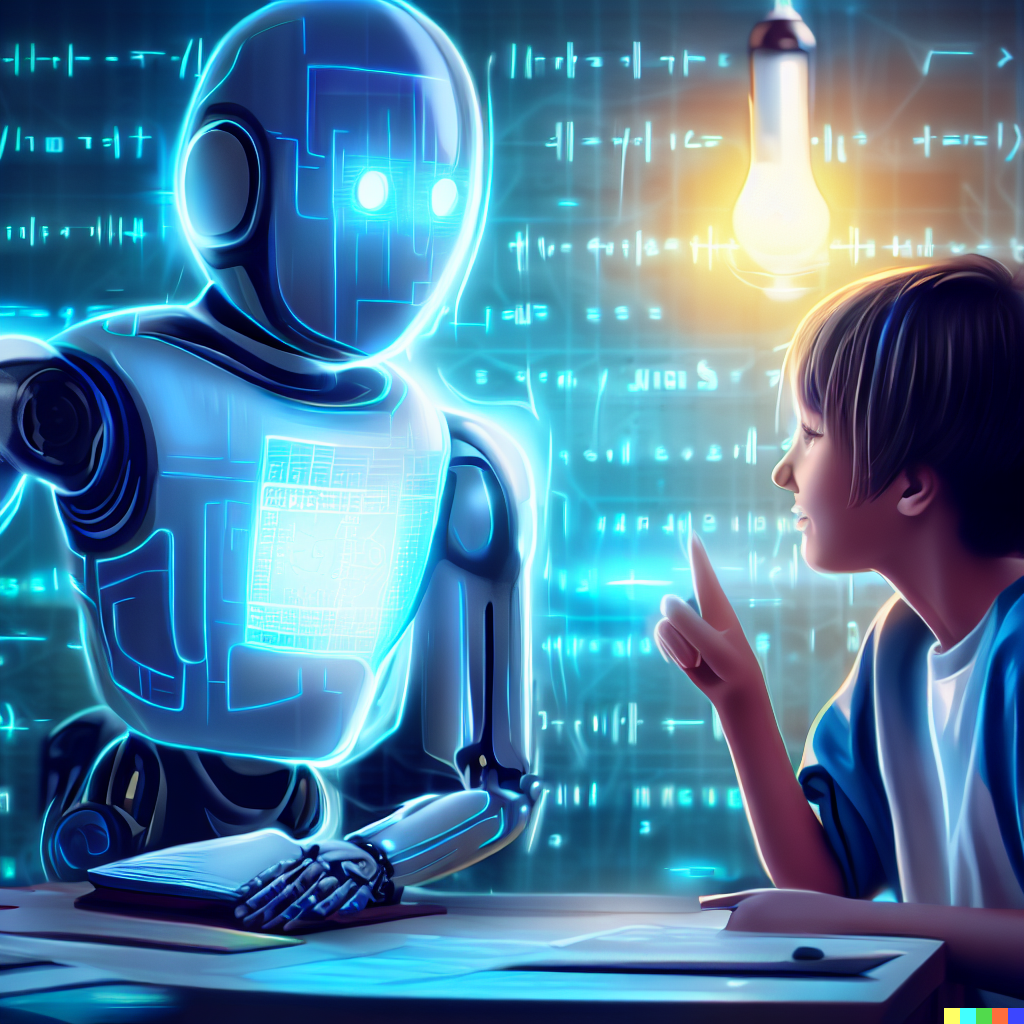Many say that companies exist to fullfill the needs of groups in society. But the problem remains that whenever a product is designed for a group, there will be an often smaller group of individuals whose needs are served only partially, because the solution offered by the company may not be ideal for their situation. And so many companies carve a niche for themselves through further differentiating their products in a manner that serves an even smaller group in society. But a company can only differentiate their products to a certain degree, before they are left with the problem that the group they are targeting is so small, it isn’t profitable anymore.
However in many use cases right now, and in even more use cases as technology further develops, generative AI may allow for even stronger personalization and differentation of products. As this is still quite abstract, let me give an example. Roughly a year ago I spoke with a PostNL employee who belonged to a group whose main task was to increase the sales of their own postcards. While in the far past they were an important tool for communication across long distances, in the modern day telephones have made them more or less obsolete. That is not to say they serve no purpose, but their main purpose has arguably dissapeared. The employee told me that one large reason as to why people still sent such cards was for birthdays, after research it showed that many people felt that sending a postcard for birthdays was much more personal than sending a text message. Another was convenience, a person could easily through the website or PostNL app send a card. PostNL’s current system allows a person to add a picture that will be printed on the card. After he told me about this, I came up with the suggestion to use a text-to-image generator to create unique designs for the postcards. If you sent a postcard to a person that loved art, you could for example ask for a design in the style of Vincent Van Gogh. This idea was quite a few steps too far he told me. But that does not necessarily mean that the idea itself is unfeasible. Through the use of GenAI people could perhaps create highly personalized versions of a product for themselves, while also being able to have their own input into the final product, allowing for great individualization.
Of course, one huge problem with this would be a matter of cost. While printing a design on a postcard created through some text2img AI may be feasible, using some ChatGPT style AI to customize a vacuum cleaner is not very realistic. But at the same time I don’t believe people necessarily desire a personalized vacuum, rather I think people would prefer personalized designs for objects they use to express themselves. I could imagine people being very interested in creating their own clothing designs as an example, and if this clothing design simply exists out of putting a print and some colors on a t-shirt or hoodie, this would be quite doable.
So what do you guys think, is there a future in which this technique of hyperindividualization becomes a part of mainstreams shops? Or will it just be an odd service offered by companies situated in odd corners of the internet? And can you imagine any other interesting use cases of personalization of products through GenAI?

